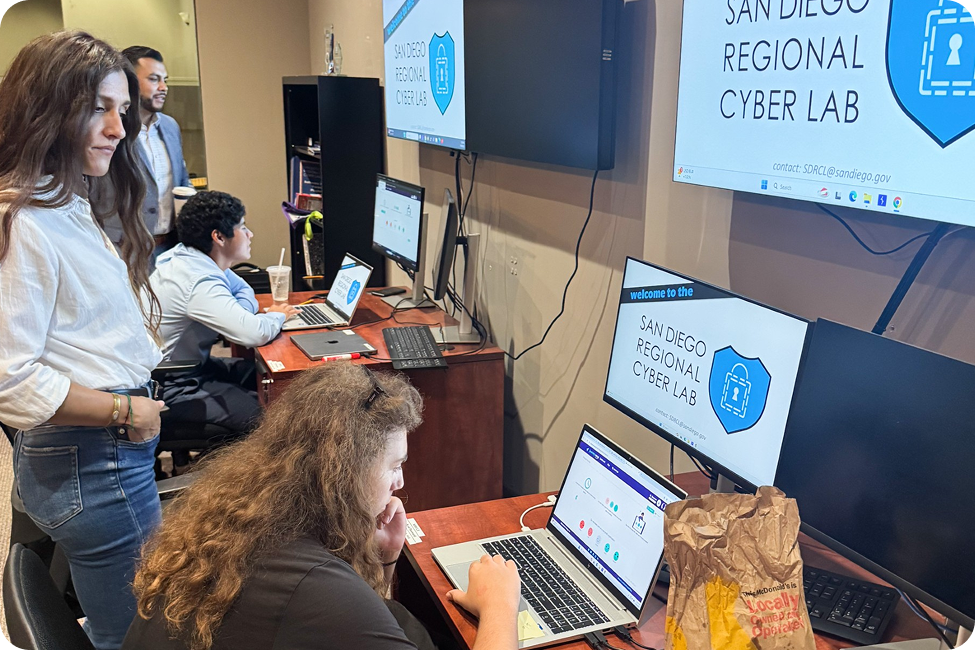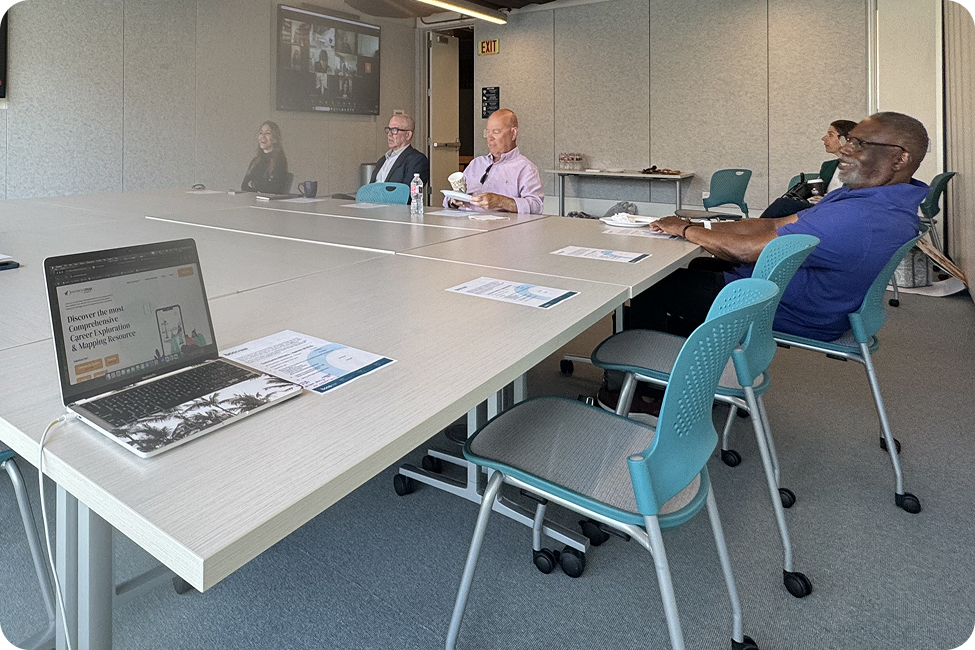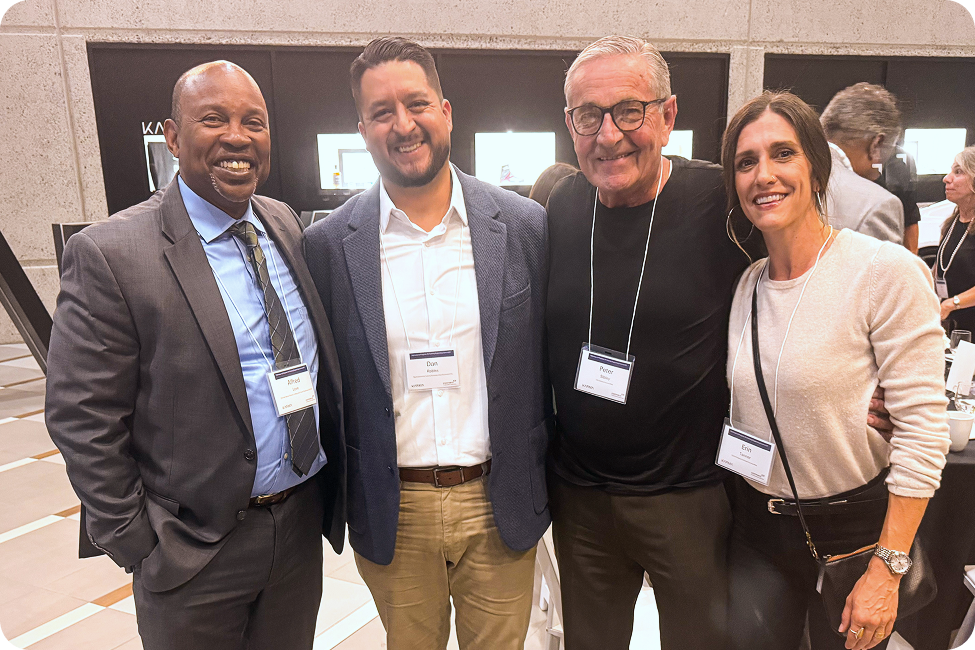In an era defined by rapid technological change, fragmented career paths and talent shortages are the new normal. Journeys Map, a platform that aims to bring clarity to career progression while aligning educational institutions, employers, and individuals. Much like how major firms are tackling workforce shortages in traditional trades, Journeys Map is stepping into a critical void: connecting skills, jobs, and pathways in the digital age.
The Challenge: Skill Gaps, Talent Shortages & Misaligned Pathways
Across industries, employers are diagnosing a familiar friction, the talent pipeline is clogged, but the issue isn’t simply “not enough people,” it’s “not enough people whose skills and credentials match the jobs.” According to industry research, journey-mapping tools are increasingly central to diagnosing those mismatches.
For students and job-seekers, the problem looks different but parallel; bewildering options, unclear credentials, and no clear map from where they are now to where they could be. Journeys Map positions itself at this intersection.
What Journeys Map Does
Based in San Diego and built by EdGate, Journeys Map is described as a “go-to” resource for career navigation, analyzing skill gaps, upskilling employees, and attracting highly qualified talent.
Key Features:
- Tailored career-pathway maps for individuals (students, job-seekers) and organizations (employers, education providers).
- “Skills matcher” tools that let a user input their current skills and see aligned career options.
- Industry-specific pathways from cybersecurity to healthcarce and advanced manufacturing built with data and partner networks.
In short, Journeys Map brings the mechanics of journey-mapping into the talent ecosystem: what are the touch-points, what are the actions and emotions, where are the barriers?
Why It Matters
From the employer side, having a tool like Journeys Map helps flatten the “black box” of how to hire, train, and retain people in roles that are evolving fast. From the individual side, it offers a visible “route map” rather than the usual maze of options.
Journeys Map helps align educational credentials and real-world job roles, avoiding the perennial problem of credentials on paper that don’t translate to employment. It offers a data-driven approach to pathway creation, mapping not just the job title but also the skills that lead to it, the credentials that matter, and how to move up or across. In today’s economy, with multiple entry points, hybrid careers, and evolving roles, having structured “journeys” is a competitive advantage for regions, employers, and individuals.
What’s Next & The Opportunity
The market for tools that map talent to jobs is burgeoning. With employers facing both legacy skills gaps and the pressure of digital transformation, platforms like Journeys Map sit at the convergence of workforce development, technology, and education.
For regions and industries that adopt it early, Journeys Map offers the chance to build a differentiator: a visible, data-driven pathway system that attracts talent, retains it, and builds upward mobility. Similarly, for learners, it offers agency, knowing their next step, rather than waiting or wandering.
Of course, the platform still must scale, integrate with real-time labor market data, and prove outcomes. Much like workforce initiatives of old, the roadmap is only as good as the execution and fidelity of the pathways.
In a world where “career” no longer means “go to school, get a job, stay 40 years,” Journeys Map offers something valuable, a modern map for modern careers. For regions, institutions, employers, and individuals willing to go beyond analog pathways and disconnected job boards, this tool may well mark the next frontier of workforce alignment.










